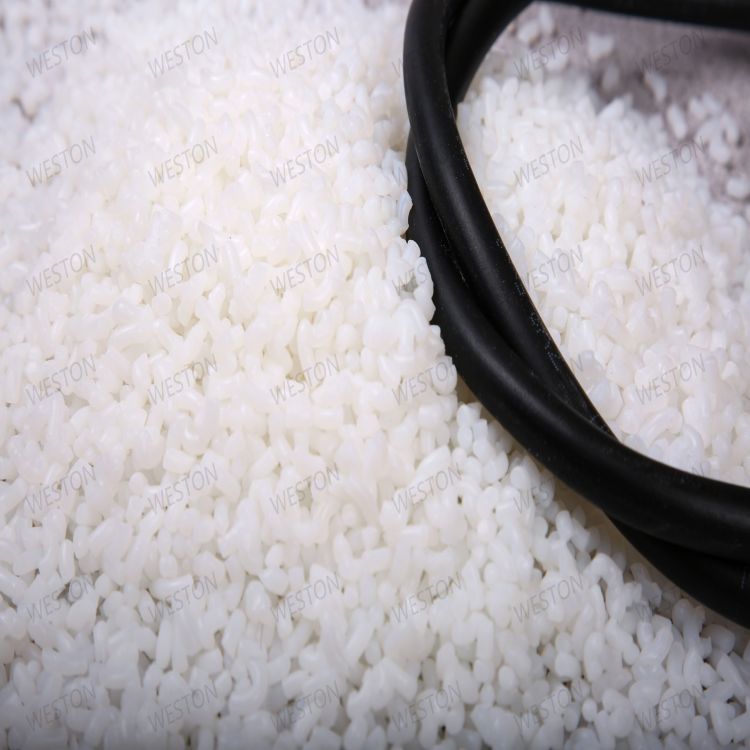-
Categories
-
Pharmaceutical Intermediates
-
Active Pharmaceutical Ingredients
-
Food Additives
- Industrial Coatings
- Agrochemicals
- Dyes and Pigments
- Surfactant
- Flavors and Fragrances
- Chemical Reagents
- Catalyst and Auxiliary
- Natural Products
- Inorganic Chemistry
-
Organic Chemistry
-
Biochemical Engineering
- Analytical Chemistry
- Cosmetic Ingredient
-
Pharmaceutical Intermediates
Promotion
ECHEMI Mall
Wholesale
Weekly Price
Exhibition
News
-
Trade Service
5.
1.
3 Maximum allowable residue limit:
Beta-lactam drugs are a very important class of antibacterial drugs, which are widely used in human medicine and veterinary medicine
.
Due to allergic reactions and bacterial resistance, many countries have strictly monitored the use of these drugs on animals and their residues in animal-derived foods
5.
1.
4 Residue analysis technology
5.
1.
4.
1 Pre-processing method
(1) Extraction method
β-lactam drugs are acidic and polar compounds.
The currently reported extraction methods are mainly liquid-liquid extraction (LLE).
The commonly used extraction solutions mainly include water, organic solvents, acidic buffer solutions and mixed solutions (water, acid and organic Two or three of the solvents are mixed and prepared in a certain proportion) and so on
.
In order to prevent such drugs from forming covalent bonds with macromolecular compounds in animal tissues, protein precipitation is required after sample extraction.
1) Water extraction
China's national standard GB/T 18932.
25-2005 established a method for the detection of penicillin G, penicillin V, naphthacillin, oxacillin, o-chloropenicillin, and dicyanicillin residues in honey
.
The sample is extracted by adding deionized water, and then quickly mixed by a liquid mixer to completely dissolve the sample
Table 5-3 MRLs of β-lactam drugs regulated by major countries and regions
2) Acid solution extraction
Zhao Jun et al.
established a high-performance liquid chromatography (HPLC) method for the simultaneous determination of 5 β-lactam antibiotics, including cefradine, cephalexin, cefaclor, ampicillin, and amoxicillin in biological samples under the same chromatographic system.
) Method
.
Serum samples were added with 6% trichloroacetic acid solution to precipitate protein at a ratio of 1:1 (volume ratio) , then centrifuged to obtain a constant volume of the supernatant, and then injected for analysis
Ang et al.
used HPLC-FLD to detect amoxicillin residues in catfish and salmon tissues
.
The sample was first extracted with phosphate buffer (pH 4.
3) Organic solvent extraction
Huang Baifen et al.
established a method for the rapid determination of six PENs residues in milk using liquid chromatography-tandem mass spectrometry (LC-MS/MS)
.
Pipette 5mL milk sample into a 50mL centrifuge tube, shake well, add 5mL acetonitrile, vortex and mix for 60s, then add 10mL acetonitrile vortex, centrifuge at 1800r/min for 5min, take 10mL supernatant, blow dry with nitrogen, add 3mL phosphate buffer (pH4.
4) Mixed solution extraction
Mastovska et al.
used acetonitrile-water (4+1, v/v) to extract β-lactam antibiotics from bovine kidneys, and then used C18 column for solid phase extraction purification, and established 11 β-lactam antibiotics (amoxicillin).
, Ampicillin, cefazolin, cephalexin, cloxacillin, ceftiofur DCCD, deacetylceftirin, dicloxacillin, naphthacillin, oxacillin, penicillin G) LC-MS/MS detection method
.
Except for ceftiofur DCCD with an average recovery rate of 60%, the average recovery rate of other β-lactam antibiotics is 87%~103%







